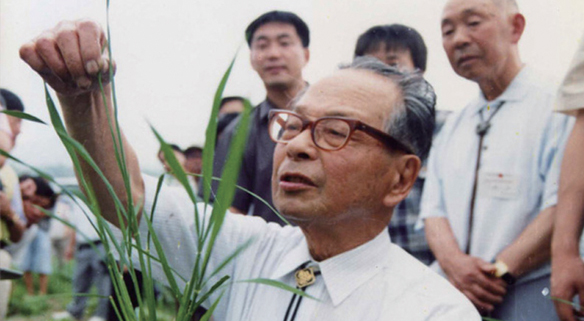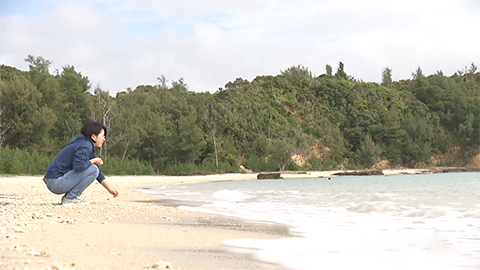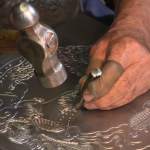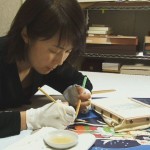DOCUMENTARY

Golden Field in China
DOCUMENTARY
2009
60 mins Episode(s): 1
 English
English
English
English

 English
English
English
English

Sichuan TV Festival Golden Panda Award.
China has achieved remarkable development. One driving force behind its growing prosperity is a Japanese man who devoted his life to passing on his rice farming expertise bringing about an agricultural revolution in China. That man is Shoichi Hara, an agricultural engineer from Hokkaido.
In 1982, at the age of 64, Hara introduced transplant culturing to Heilongjiang Province, China.
This documentary follows the footsteps of Hara, praised in China as a “Deity of Wet Rice.” We learn his enormous contribution to China in terms of increasing food production. The footage also includes scenes of Hara’s eldest son visiting China 26 years later in order to honor his father’s last words.
China has achieved remarkable development. One driving force behind its growing prosperity is a Japanese man who devoted his life to passing on his rice farming expertise bringing about an agricultural revolution in China. That man is Shoichi Hara, an agricultural engineer from Hokkaido.
In 1982, at the age of 64, Hara introduced transplant culturing to Heilongjiang Province, China.
This documentary follows the footsteps of Hara, praised in China as a “Deity of Wet Rice.” We learn his enormous contribution to China in terms of increasing food production. The footage also includes scenes of Hara’s eldest son visiting China 26 years later in order to honor his father’s last words.
Customers who watch this video also watch
-
Chimugurisa ~Nanohana's Okinawa Diary ~
 2018 Grand Prize at The Age of Regionalism Video Festival 2018 News program award winner at The Japan Commercial Broadcasters Association 2018 Nanohana Sakamoto, a 15-year-old girl born and raised in northern Japan, came to the island of Okinawa to attend a free school, Sangosya Score. Through her interactions with elderly...more details
2018 Grand Prize at The Age of Regionalism Video Festival 2018 News program award winner at The Japan Commercial Broadcasters Association 2018 Nanohana Sakamoto, a 15-year-old girl born and raised in northern Japan, came to the island of Okinawa to attend a free school, Sangosya Score. Through her interactions with elderly...more details -
The Traditional Uses of "Red" (Kyoto)
2021 25 minutes[Colors in Japan] “Kyobenirouge”, made from selected safflowers, has been a traditional craft and widely used throughout Kyoto City since ancient times. It is known for being very pleasing to the eye. Click here to preview this episode! Part of the "Colors in Japan" series!more details -
Sendai Tansu (Sendai furniture) -Harmony of three skills-
2015 30 mins[Craft Masters of Japan] The Sendai Tansu furniture was created around the end of Edo period (mid-19th century). Its fabrication process is based on 3 traditional techniques which were all inherited from the Edo period; ‘Sashimono (furnishing)’, ‘Urushi lacquer’, and ‘metal fitting’. Nowadays, the tradition is well harmonized with a...more details -
Kirikane Buddhist paintings Miura city, Kanagawa Pref.
2014 30minsKirikane is a decorative technique used for Buddhist statues and paintings. It requires high skills of cutting layers of gold leaves as thin as a hair, and placing them delicately onto Buddhist statues or paintings to create motifs. Chika Hasegawa is a young artist in Kirikane who has a workshop...more details



